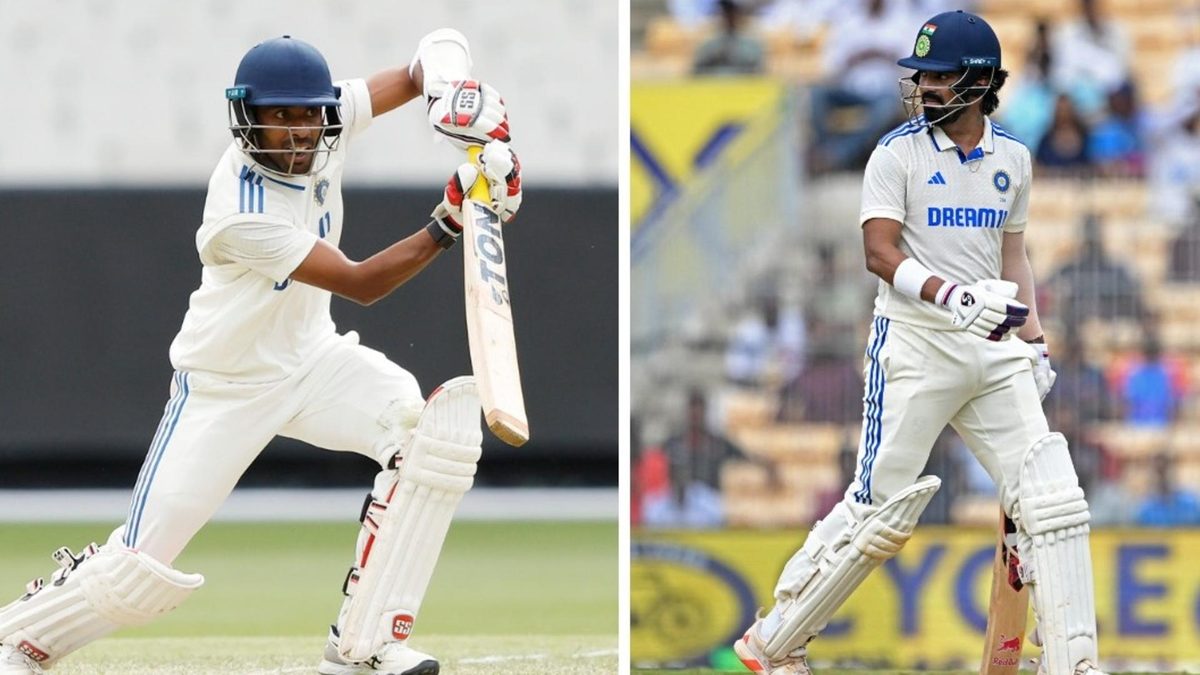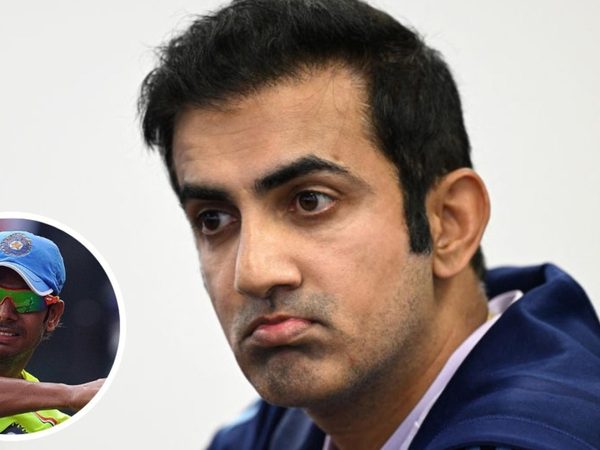
India head coach Gautam Gambhir recently confirmed that uncapped Abhimanyu Easwaran and KL Rahul will be the backup openers during the Border-Gavaskar Trophy in case of Rohit Sharma’s absence, but India should gamble with other options - writes Sarah Waris.
With India skipper Rohit Sharma likely to miss the start of the Border-Gavaskar Trophy for personal reasons, the selectors have brought in Abhimanyu Easwaran as a backup option. KL Rahul, who has previously alternated between opening and middle-order roles, has also been shortlisted as a possible partner for Yashasvi Jaiswal at the top.
As the curtain-raiser is played out in Perth, India will be hopeful of sending out a strong statement early on, with the top-order batters setting the tone for what promises to be a long and challenging series. A confident, resilient opening pair who can withstand the opposition's attack in challenging conditions will send a clear message to the hosts: despite a recent home series loss and looming transitions, India are here to compete - and to fight.
Neither Easwaran nor Rahul, however, seem well-suited for the responsibility on current form.
Rahuls’ Test career has been one wrought with promise and unfulfilled potential. He has played some incredible knocks, the latest being an unassuming ton at Centurion, but then has gone periods looking like Euron Greyjoy from the TV series Games of Thrones, a complete misfit, lacking the depth and menace that defined him in the novels.
His century against South Africa came while batting at No.6, a position he was assigned following inconsistent performances as an opener. Since his impressive stint as a last-minute opener replacement in England in 2021, where he bravely faced 735 deliveries over eight innings, Rahul’s fortunes have taken a downturn.
Following that series, Rahul has opened 13 Test innings, scoring 321 runs at an average of 24.69. This includes scores of 123 and 50 in South Africa, but without those, his numbers are even more underwhelming. His struggles against fast bowlers have been evident during this period. In England, more than just an average of 37.5 against pace, his performance was notable for the way he stood firm against the home side's pacers. However, since then, his technique against fast bowlers has declined, averaging 30.8 overall. Frequent injuries have further hindered his ability to make a lasting comeback.
Rahul was recently left out of the XI against New Zealand, with Sarfaraz Khan taking his place, despite Rohit Sharma previously stating his intention to have Rahul “play all games” during the home season.
Instead, Rahul was sent to play for India A in Australia, possibly to get him used to facing the new ball, indicating he might open in Rohit’s absence. However, his scores of 10 and 4, and an embarrassing dismissal in the second innings, drew attention. His expression after being bowled between his legs reflected his ongoing battle with self-belief, compounded by his recent release from his IPL team. In essence, Rahul continues to struggle to inspire confidence in his role.
Easwaran, meanwhile, has established himself as a powerhouse in domestic cricket, amassing 7,674 first-class runs at an impressive average of 48.87. Despite frequently being on the fringes of the national squad, he still awaits his debut India Test cap. Easwaran was also included in the India A series against Australia, but he could only manage 36 runs across four innings, which did little to bolster his case.
In that series, he seemed uneasy against pace and bounce, and while his recent form is strong, scoring five centuries in his last ten first-class matches, including a double century and a 191, asking him to debut on one of the world’s bounciest pitches against a fierce pace trio might be an experiment India are hesitant to undertake without prior international exposure.
What does that leave us with? Shubman Gill. The youngster made his debut during India’s previous tour of Australia, where he displayed composure and confidence, playing a key role in India’s remarkable turnaround. While he has faced his own battles with consistency since then, Gill appears to have regained his rhythm. He is India’s second-highest Test run-scorer this year, and notably, the only batter to have scored over 500 runs with an average above 45 (47.41).
Having played 29 matches, Gill has opened in 17 Tests, including in Australia and England, before moving down the order to fill the position left by Cheteshwar Pujara. Though it has taken some time, he has finally found his stride in the format, and shifting his position now could be seen as unfair just as he is settling in. However, when the choice is between an in-form player facing the toughest moments of a Test match or relying on players with ongoing struggles, the decision should be clear.
Dhruv Jurel, who impressed against the pacers in the India A Test match by top-scoring in both innings, is a strong contender to be picked as a specialist batter for the first Test. He also brings opening experience from first-class cricket, making him a viable candidate to replace Gill at No.3. It will then allow India to continue with their preferred batting line-up.
India could also go totally left-field with their choice, pushing Jurel to open the batting. He tackled the bounce with ease during the twin innings, batting on a green damp wicket in the first innings against Australia A, soaking up the pressure and facing plenty of seaming, and swinging deliveries in the 186 balls that he faced. The fact that all other India A batters combined faced fewer deliveries than Jurel in the innings indicates how at ease he looked.
While this move may not come to fruition, India will need to thoughtfully plan their combination, and take bold steps throughout the series instead of stepping back into the comforts of the known.
Follow Wisden for all cricket updates, including live scores, match stats, quizzes and more. Stay up to date with the latest cricket news, player updates, team standings, match highlights, video analysis and live match odds.








